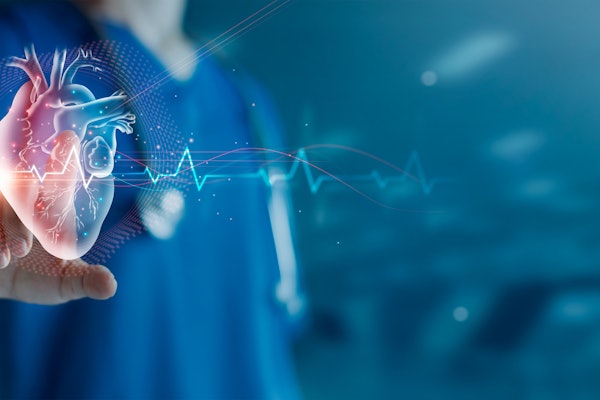心臓の鼓動をつくる分子に迫る研究者たち Researchers look closer at molecules that create the heartbeat
2023-04-03 ワシントン大学セントルイス校

Jon Silva and Jeanne Nerbonne sought to determine how one intracellular fibroblast growth factor, iFGF12, works in a healthy human heart by observing how the iFGFs change the sodium channel at the molecular level. (iStock)
ワシントン大学の2人の研究者は、分子レベルでこの過程を詳しく調べ、新しい心臓疾患の洞察やより良い治療法の開発のヒントを提供する可能性があるものを発見しました。イントラセルラー線維芽細胞増殖因子(iFGF)と呼ばれる新しいタンパク質の異なる影響について研究しており、心拍に影響を与えるナトリウムイオンチャネルの開閉に影響を与えます。
彼らの研究結果は、2022年3月21日にジェネラル生理学のジャーナルで発表されました。今後、チームは、さまざまなiFGF組成を持つナトリウムチャネルが異なる薬剤とどのように相互作用するかを詳しく調べる予定です。
<関連情報>
- https://source.wustl.edu/2023/04/small-proteins-in-heart-play-big-role/
- https://engineering.wustl.edu/news/2023/Small-proteins-in-heart-play-big-role.html
- https://rupress.org/jgp/article-abstract/155/5/e202213300/213956/Differential-regulation-of-cardiac-sodium-channels
細胞内線維芽細胞増殖因子による心筋ナトリウムチャネルの制御の違い Differential regulation of cardiac sodium channels by intracellular fibroblast growth factors
Paweorn Angsutararux,Amal K. Dutta,Martina Marras,Carlota Abella,Rebecca L. Mellor,Jingyi Shi,Jeanne M. Nerbonne,Jonathan R. Silva
Journal of General Physiology Published:March 21 2023
DOI:https://doi.org/10.1085/jgp.202213300
Voltage-gated sodium (NaV) channels are responsible for the initiation and propagation of action potentials. In the heart, the predominant NaV1.5 α subunit is composed of four homologous repeats (I–IV) and forms a macromolecular complex with multiple accessory proteins, including intracellular fibroblast growth factors (iFGF). In spite of high homology, each of the iFGFs, iFGF11–iFGF14, as well as the individual iFGF splice variants, differentially regulates NaV channel gating, and the mechanisms underlying these differential effects remain elusive. Much of the work exploring iFGF regulation of NaV1.5 has been performed in mouse and rat ventricular myocytes in which iFGF13VY is the predominant iFGF expressed, whereas investigation into NaV1.5 regulation by the human heart-dominant iFGF12B is lacking. In this study, we used a mouse model with cardiac-specific Fgf13 deletion to study the consequences of iFGF13VY and iFGF12B expression. We observed distinct effects on the voltage-dependences of activation and inactivation of the sodium currents (INa), as well as on the kinetics of peak INa decay. Results in native myocytes were recapitulated with human NaV1.5 heterologously expressed in Xenopus oocytes, and additional experiments using voltage-clamp fluorometry (VCF) revealed iFGF-specific effects on the activation of the NaV1.5 voltage sensor domain in repeat IV (VSD-IV). iFGF chimeras further unveiled roles for all three iFGF domains (i.e., the N-terminus, core, and C-terminus) on the regulation of VSD-IV, and a slower time domain of inactivation. We present here a novel mechanism of iFGF regulation that is specific to individual iFGF isoforms and that leads to distinct functional effects on NaV channel/current kinetics.


